Car marques aim to master the art of subtlety in Milan
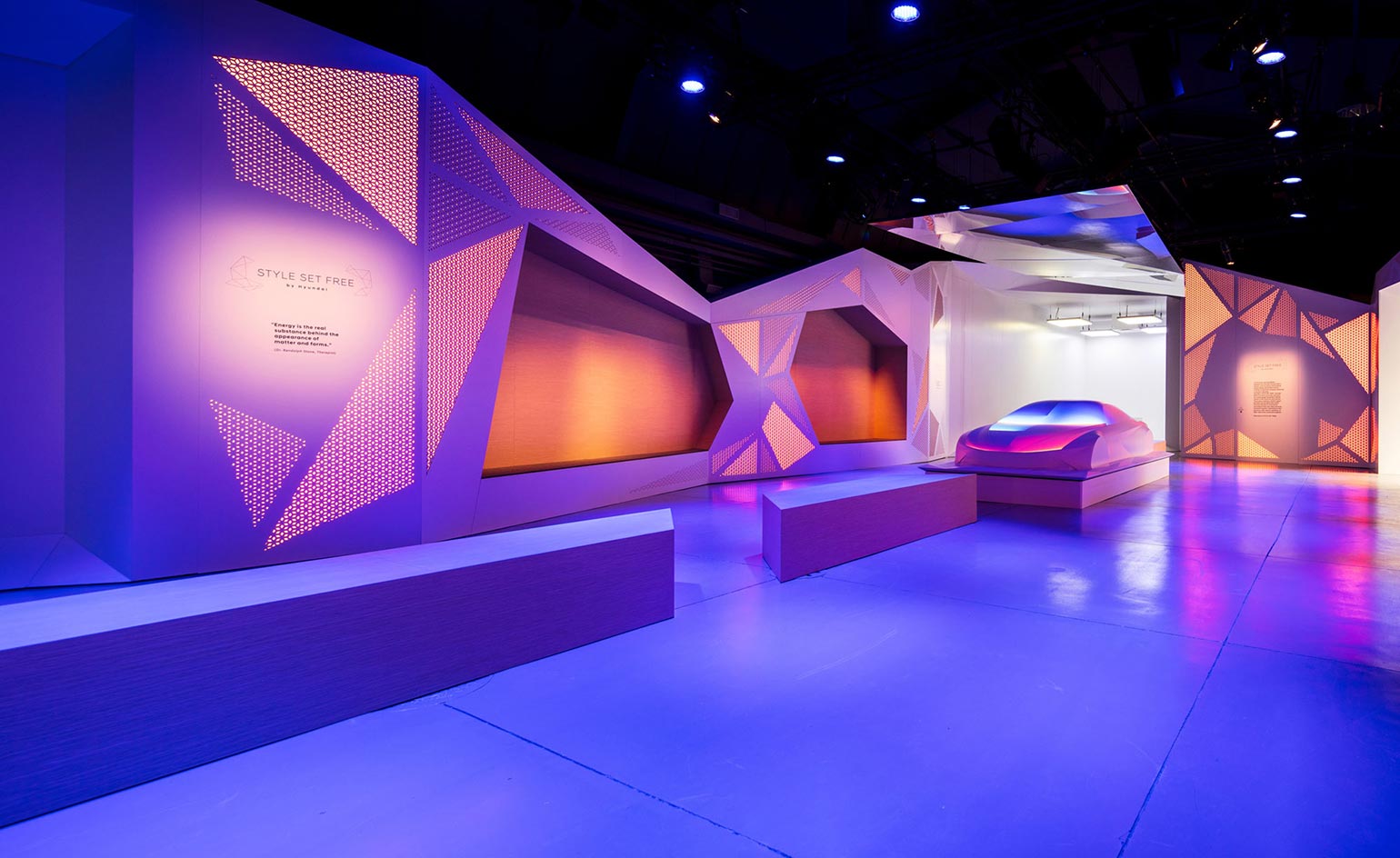
More enlightened car makers realise there are other ways to promote their brands beyond simply placing their latest model within a traditional car show on an exhibition stand plinth. In recent years Milan Design Week has become one of the go-to European locations for global vehicle marques to exhibit, especially those who consider the look, feel and function of their vehicles to be among their greatest selling points.
At the 2019 event at least a dozen car makers had a presence, mainly in the Tortona district, many of which mastered the art of being subtle.
Hyundai
Pictured top, developing from a brand that once majored on ‘good value’ to one that can become valued for its design and good taste too, South Korean Hyundai went big in Milan for 2019. The large exhibition space featured a wooden terrace for relaxing outside and a dark interior punctuated by brightly coloured and regularly changing light effects. Some of these lights changed according to when and how visitors touched certain parts of the display, while sound and a patterned protection was aurally and visually affected by participants’ gestures in another area (the visuals were quite interesting but the sound effects too often a little Stylophone). An opaque sculptural silhouette of a futuristic car was subjected to an array of graphic projections too, all of which sent the message that future Hyundais will be more customisable and individual in terms of colour and light, material and shape and sound.
Polestar
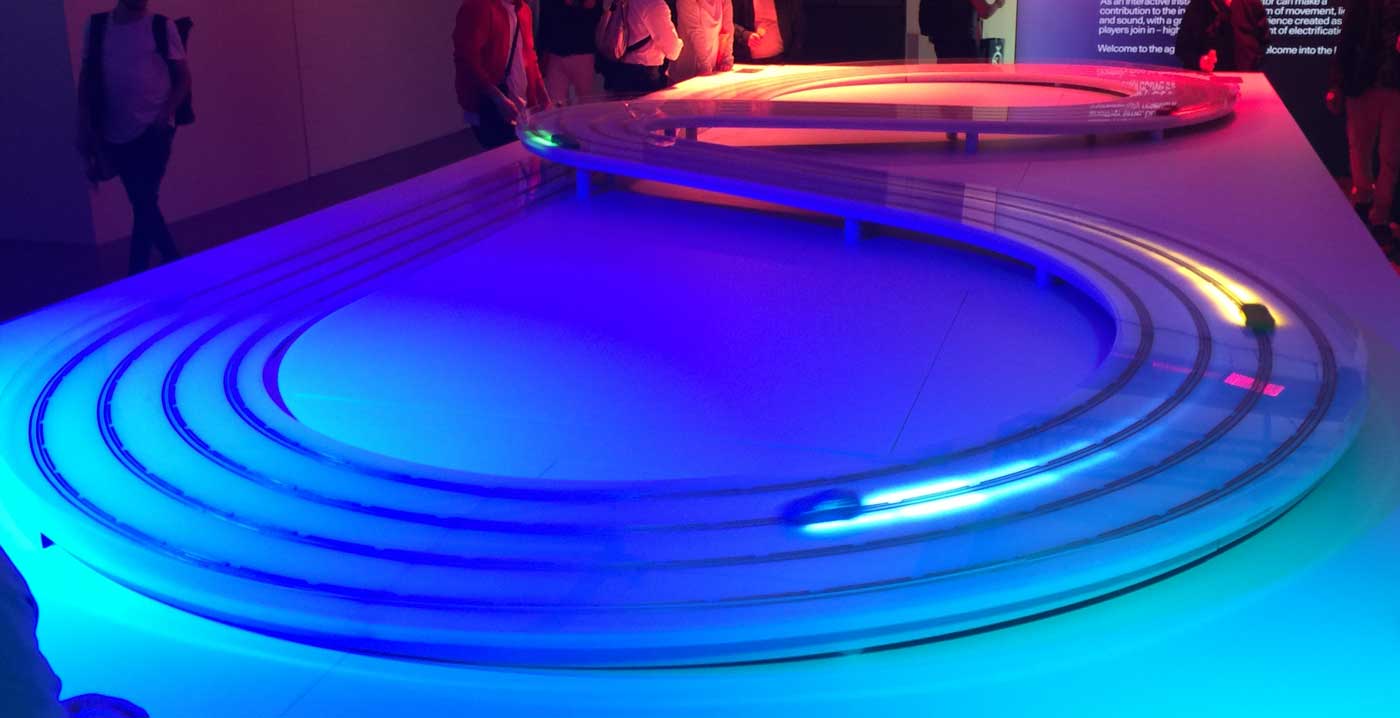
Inventing a new car brand in the 21st century, even with a clearly electrified-only message, takes vision, commitment and consistency. Luckily for the premium electric car brand Polestar – and jointly owned by Volvo and Geely Holding – its CEO Thomas Ingenlath, is also a highly experienced designer (and still chief design officer at Volvo). This shows in everything the brand has done so far, including Polestar’s first installation at Milan. Outside is a mock-up of a traditional petrol station but painted plain white, that looks by turns like a Rachel Whiteread sculpture or a preserved museum artefact from a (soon to be) previous age. Seating among the petrol pumps makes the place more social – something Polestar thinks stations will become as EV charging takes longer than filling up with fossil fuel, so drivers will need to stay longer – and inside there is a giant Scalextric-style electric slot car track where visitors can race, and where the speed and colour of each car affects the space’s soundtrack and lights. Fun and with a clear message then: EVs are coming, they can be cool and also change your life (for the better).
Honda
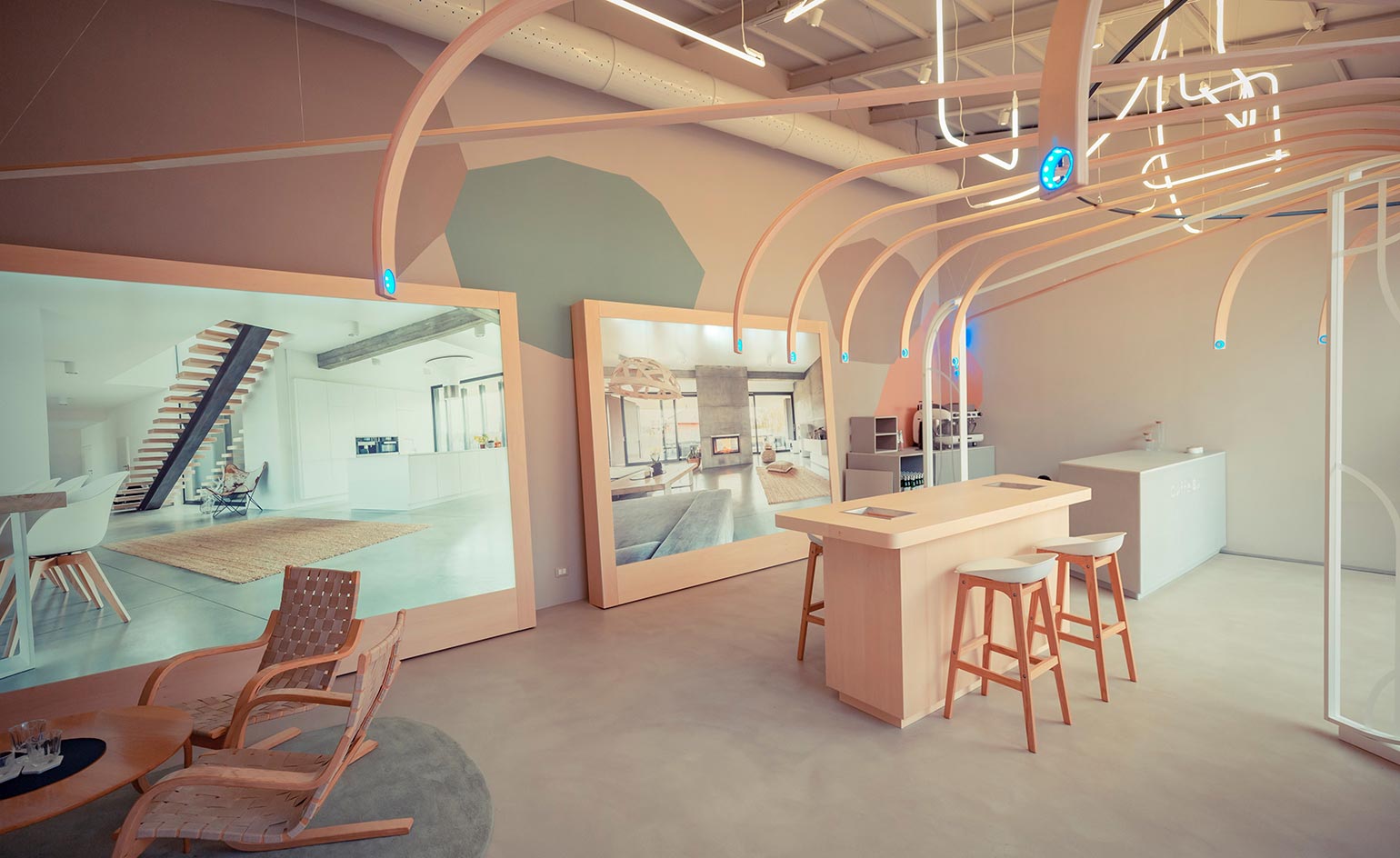
Independent Japanese carmaker Honda also created its first installation space at Milan in 2019. Its first full EV is launching later this year and Honda is targeting a very different sort of customer to those who might want a track-day race in its Civic Type-R. Honda’s new EV will look a lot like the near-production and clearly product-design-infused ePrototype on display in Milan – but due to the small four-seater’s proportions it fitted snugly within the compact indoor space. It was neatly integrated into that temporary space’s design too. Bent wood branches with blue rings at their ends radiated out from a central tree trunk-like column before leaning down to almost touch the car to symbolise electricity transfer. Utilising the space’s existing neutral light terracotta walls (rather than Honda’s usual bold corporate red, black and white) and installing vintage Scandinavian furniture, an exhibition of local Milanese photographers’ work and a friendly barista-manned coffee car, the space felt like a calm oasis in the heart of the city – just what Honda wants its new urban-focused EV to be for its drivers.
Lexus
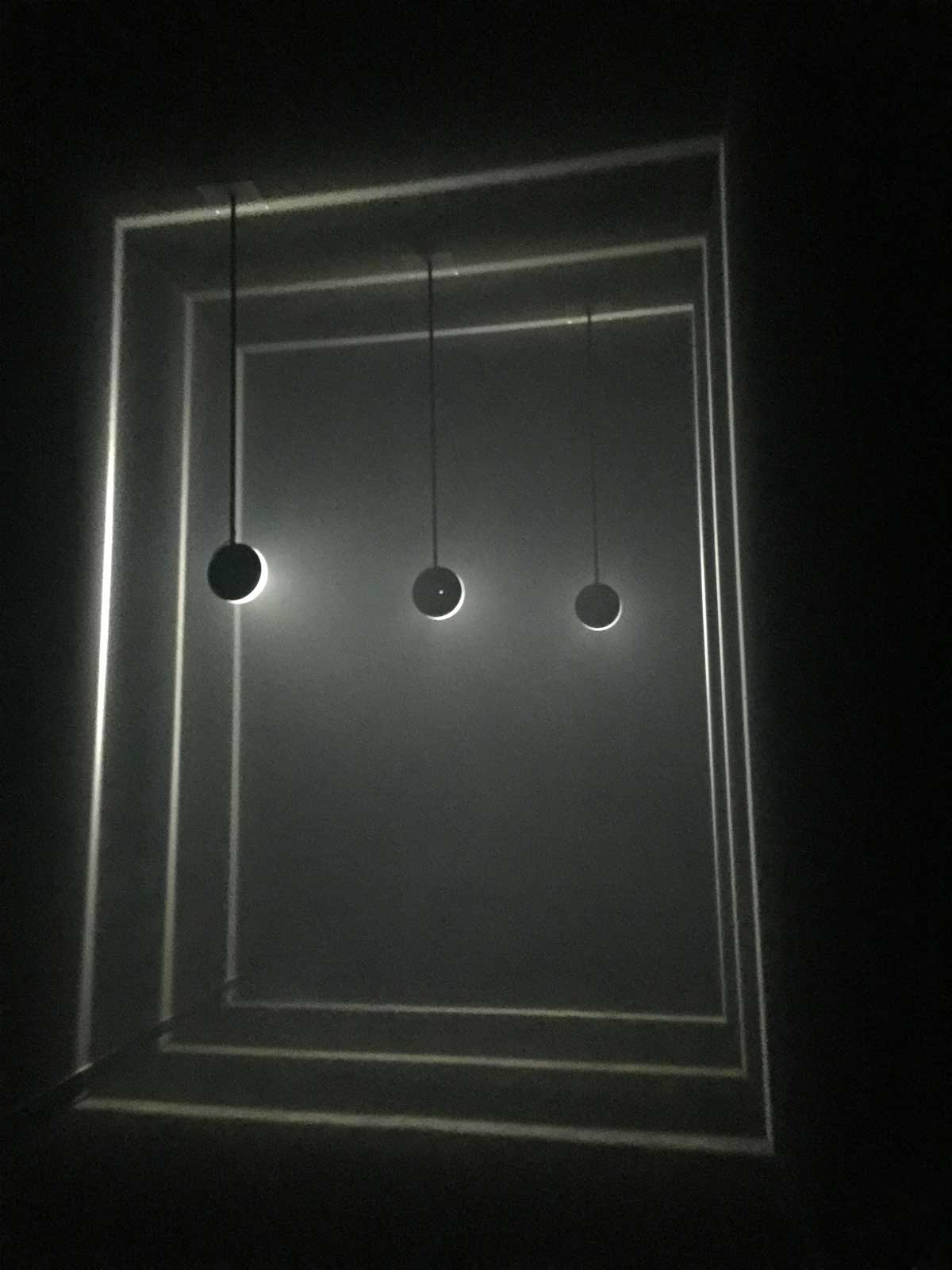
‘Lexus Lights Tomorrow’ exhibition
Lexus has been exhibiting at Milan Design Week since 2013 with a carefully sponsored and judged design competition plus its own installations. This year the overall winning design to the brief set by Lexus to ‘help build a better tomorrow’ was a bra designed using algorithmic lace to help body confidence in women who have undergone mastectomy surgery. Beautiful and functional, it sat alongside five other finalists including designs for a floatable house for typhoon-prone regions, a rapidly-deployable modular oil spill cleaning device and a vehicle mounted with a massive turbine designed to harness energy otherwise lost from an aircraft's take-off jet blast. Beyond the competition winners, Lexus gently suggested its advanced skills in vehicular lighting through an intriguing ‘Lexus Lights Tomorrow’ exhibition and through its showcase ‘Leading with Light’ display featuring human dance and advanced robotics to wow crowds, which created queues stretching around the building of visitors waiting to view it.
Peugeot
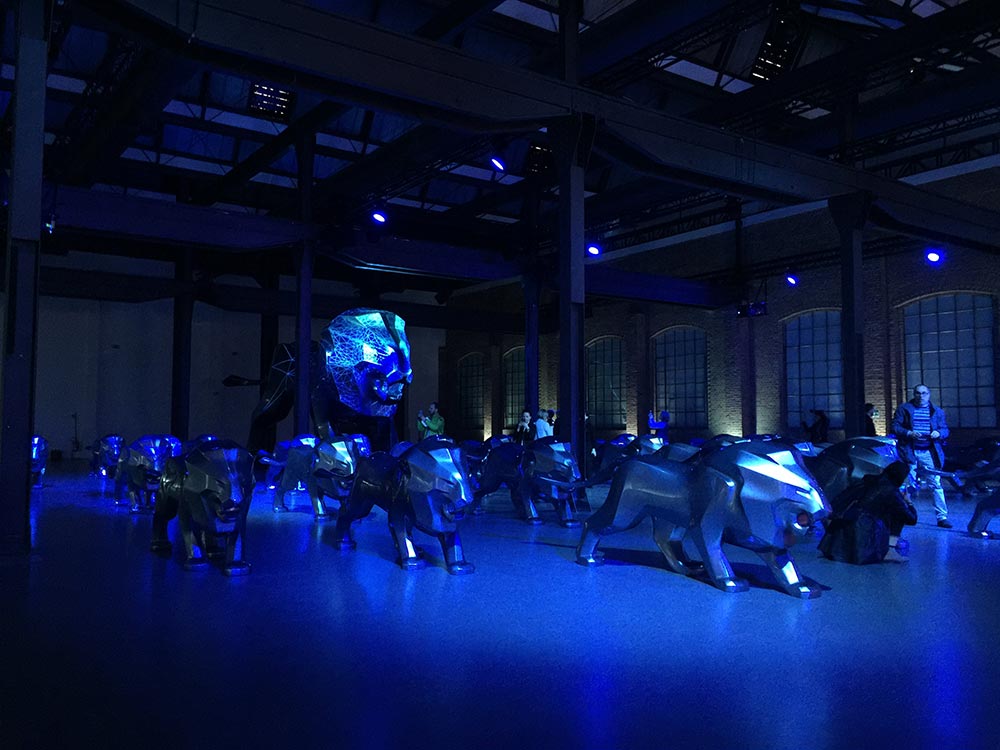
French car-making veteran Peugeot is now offering fully-electric production versions of mainstream cars like its 208 supermini. It showed this new city car in Milan alongside the award-winning e-Legend retro-futuristic concept, a range of e-bikes and a pride of stylised lion sculptures. The theme was future electrification, and the installation – in a massive high-ceiling warehouse on via Savona – included light projections that lit up the largest 5m lion while 40 smaller lions were arranged in front of it. The inference was clear; a march towards the new electric Peugeot vehicles displayed the by door, or perhaps metaphorically, towards the future of mobility. As the lion has been Peugeot’s official emblem for 160 years the choice of animal was apposite. A little grandiose in concept maybe, but the personal experience of being up close among these dramatically lit sculptures was surprisingly moving.
Maserati
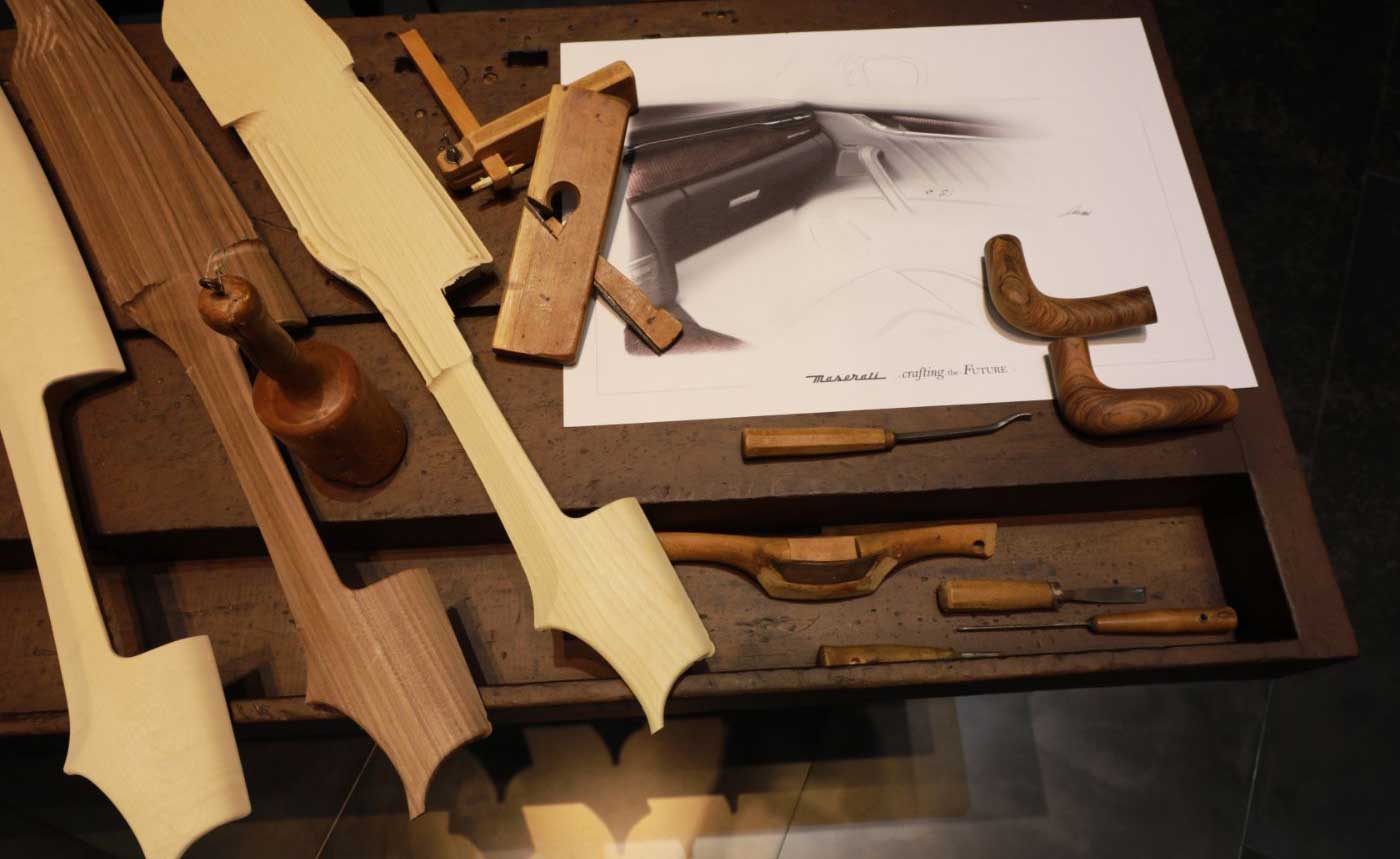
Production of Quattroporte dashboard inserts at Giorgetti Atelier
Following its premiere at this year's Geneva International Motor Show, Maserati proposed a vast and varied programme in Milan, where it paid tribute to Italian ‘products of excellence’. Spread throughout the city (between the Pinacoteca Art Gallery in Brera, Boutique Ermenegildo Zegna in Via Montenapoleone, Giorgetti Atelier in Porta Venezia, the Alcantara Concept Store in Pietro Verri, and the De Castelli flagship in San Babila), the multi-stage journey took visitors through the marque's various new customisation options for its cars. Including new Quattroporte dashboard inserts at renowned Italian woodwork company Giorgetti Atelier, illustrating the central role of wood in Maserati components. The new capsule collection for Spring-Summer 2019 also debuted, including a sophisticated selection of leather goods, travel clothes and accessories.
Wallpaper* Newsletter
Receive our daily digest of inspiration, escapism and design stories from around the world direct to your inbox.
Guy Bird is a London-based writer, editor and consultant specialising in cars and car design, but also covers aviation, architecture, street art, sneakers and music. His journalistic experience spans more than 25 years in the UK and global industry. See more at www.guybird.com
-
 Marylebone restaurant Nina turns up the volume on Italian dining
Marylebone restaurant Nina turns up the volume on Italian diningAt Nina, don’t expect a view of the Amalfi Coast. Do expect pasta, leopard print and industrial chic
By Sofia de la Cruz
-
 Tour the wonderful homes of ‘Casa Mexicana’, an ode to residential architecture in Mexico
Tour the wonderful homes of ‘Casa Mexicana’, an ode to residential architecture in Mexico‘Casa Mexicana’ is a new book celebrating the country’s residential architecture, highlighting its influence across the world
By Ellie Stathaki
-
 Jonathan Anderson is heading to Dior Men
Jonathan Anderson is heading to Dior MenAfter months of speculation, it has been confirmed this morning that Jonathan Anderson, who left Loewe earlier this year, is the successor to Kim Jones at Dior Men
By Jack Moss
-
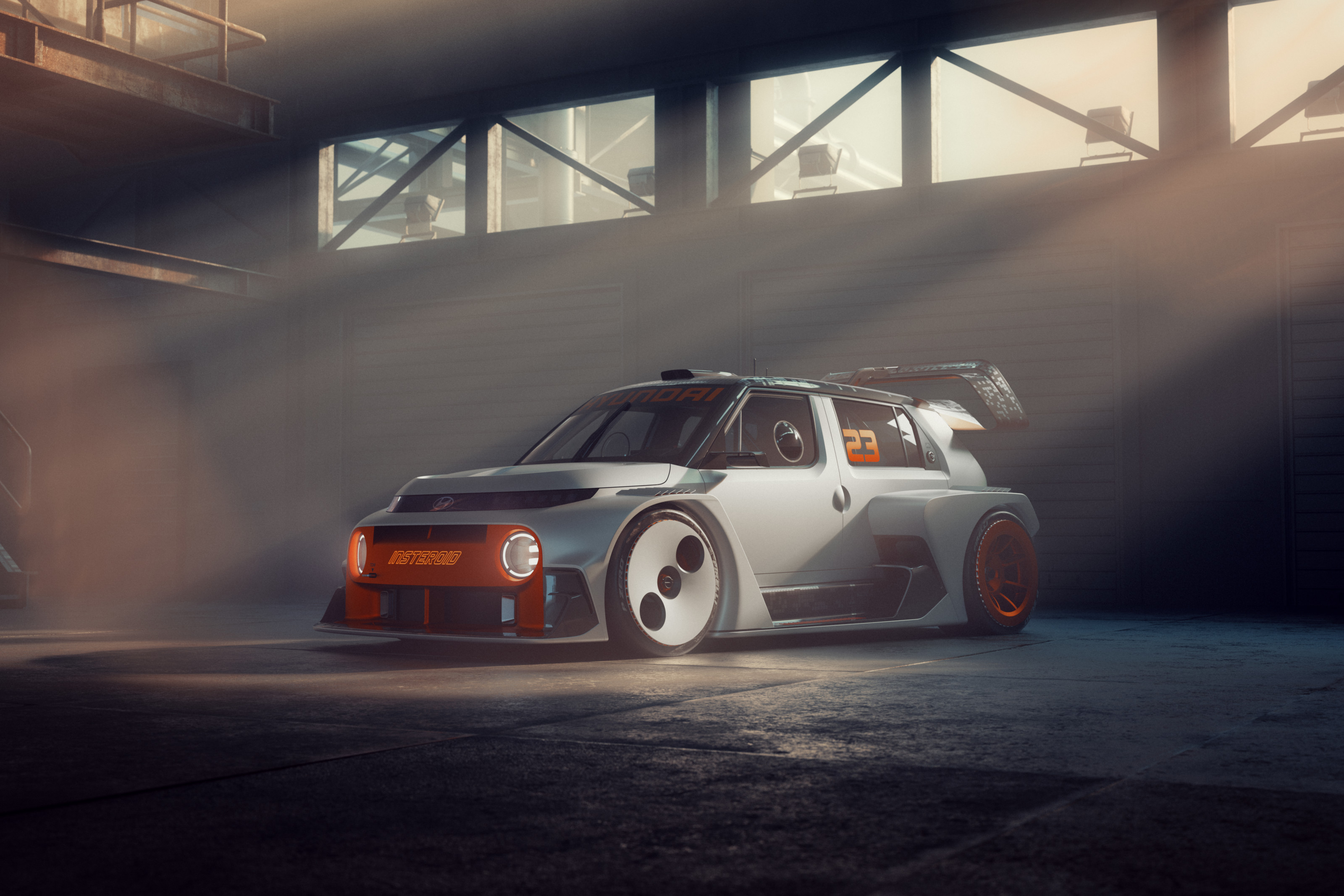 2025 Seoul Mobility Show report: all that's new and notable
2025 Seoul Mobility Show report: all that's new and notableOpened at a time of high national drama, the 2025 Seoul Mobility Show has gone on to underscore Korea’s place at the cutting edge of the auto industry. Guy Bird was there
By Guy Bird
-
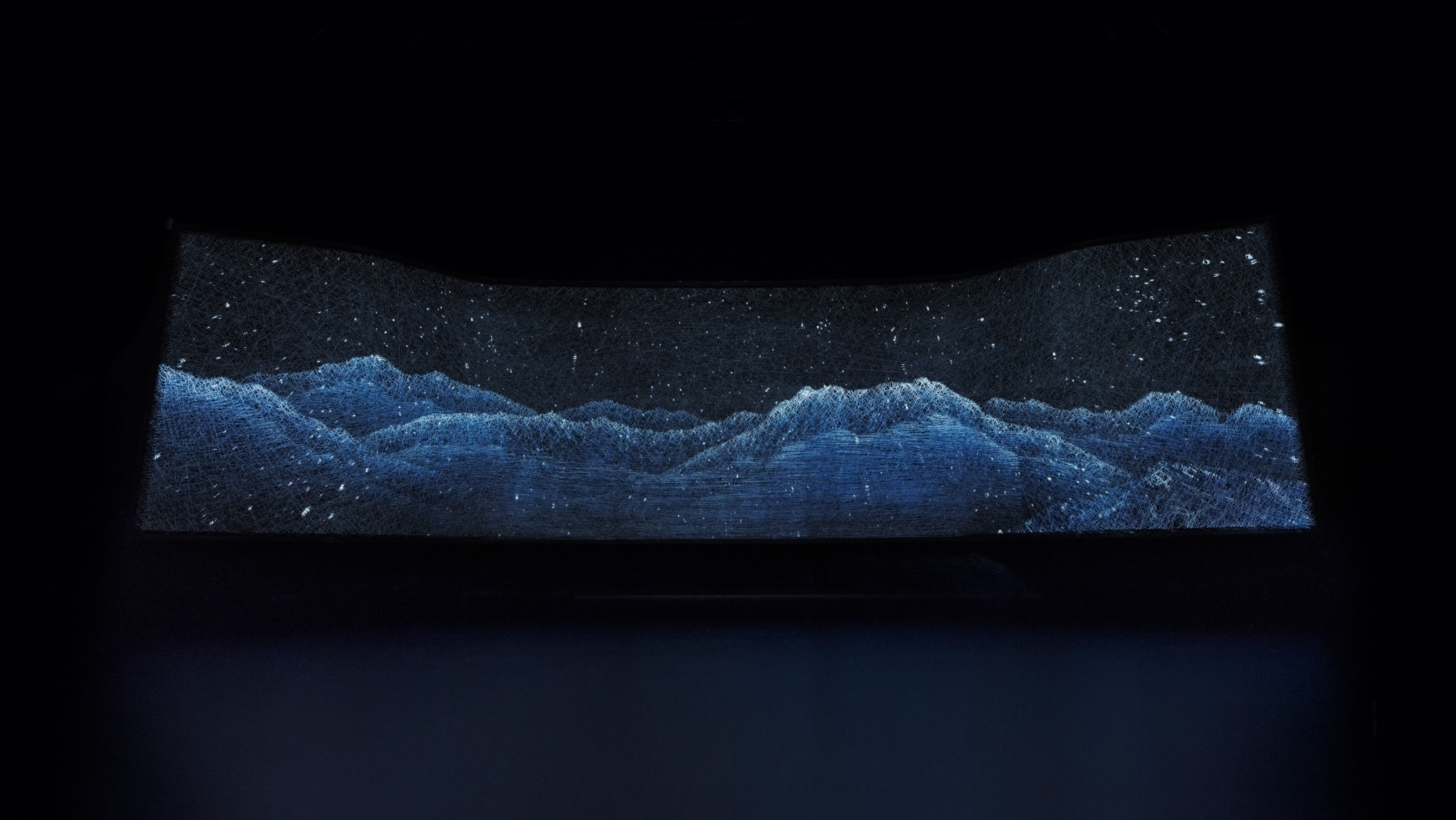 Lexus makes its mark on Milan Design Week 2025 with four new interactive installations
Lexus makes its mark on Milan Design Week 2025 with four new interactive installationsLexus’ annual installation at Milan Design Week focuses on human-centred technology and the role of data and design in shaping the luxury car of the future
By Jonathan Bell
-
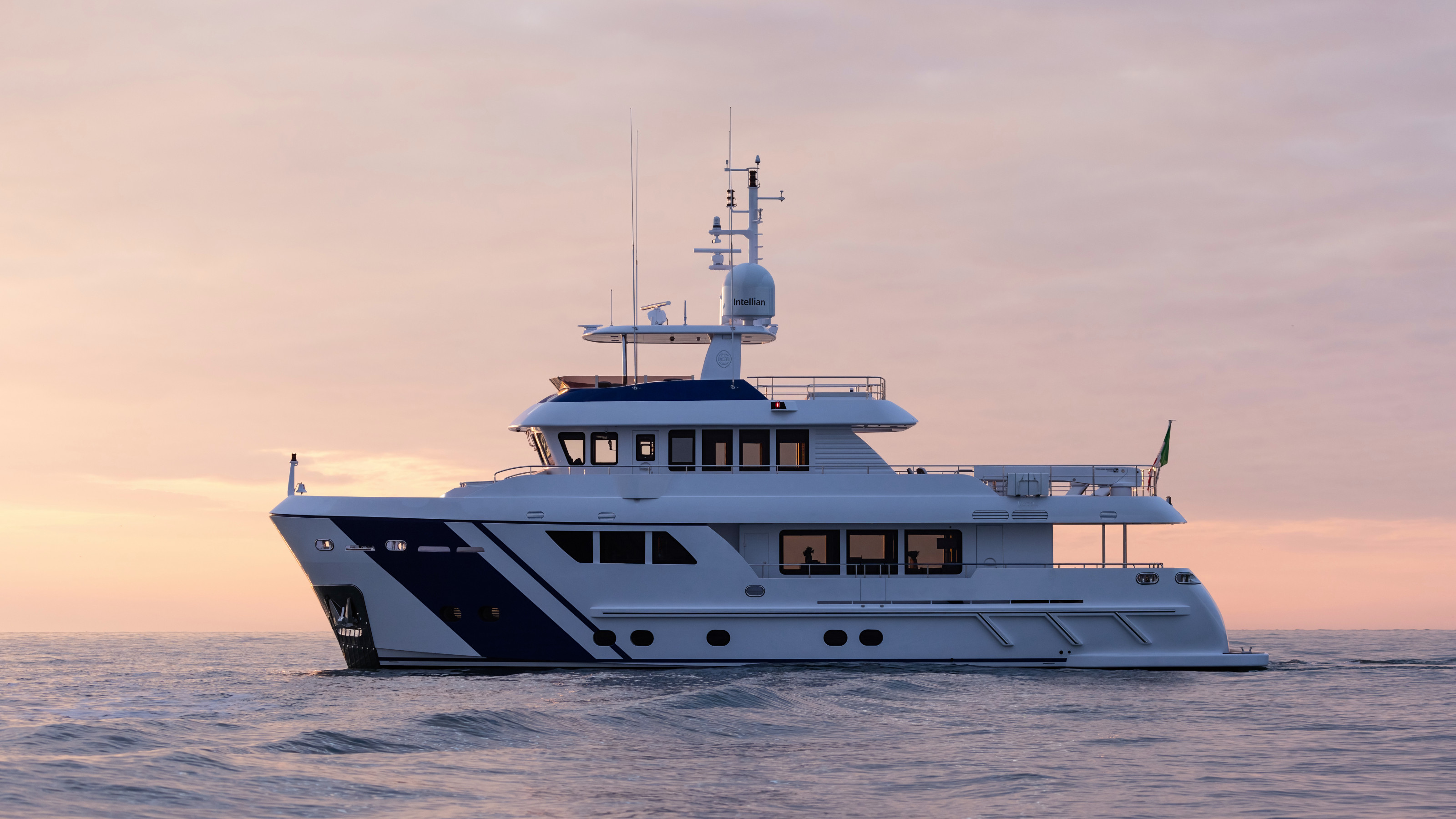 Cantiere delle Marche is an Italian shipyard with a speciality: the high-end explorer yacht
Cantiere delle Marche is an Italian shipyard with a speciality: the high-end explorer yachtWe talk to Vasco Buonpensiere, CEO of Cantiere Delle Marche, about the rise of ultra-self-sufficient, multi-purpose, long distance explorer yachts
By Josh Sims
-
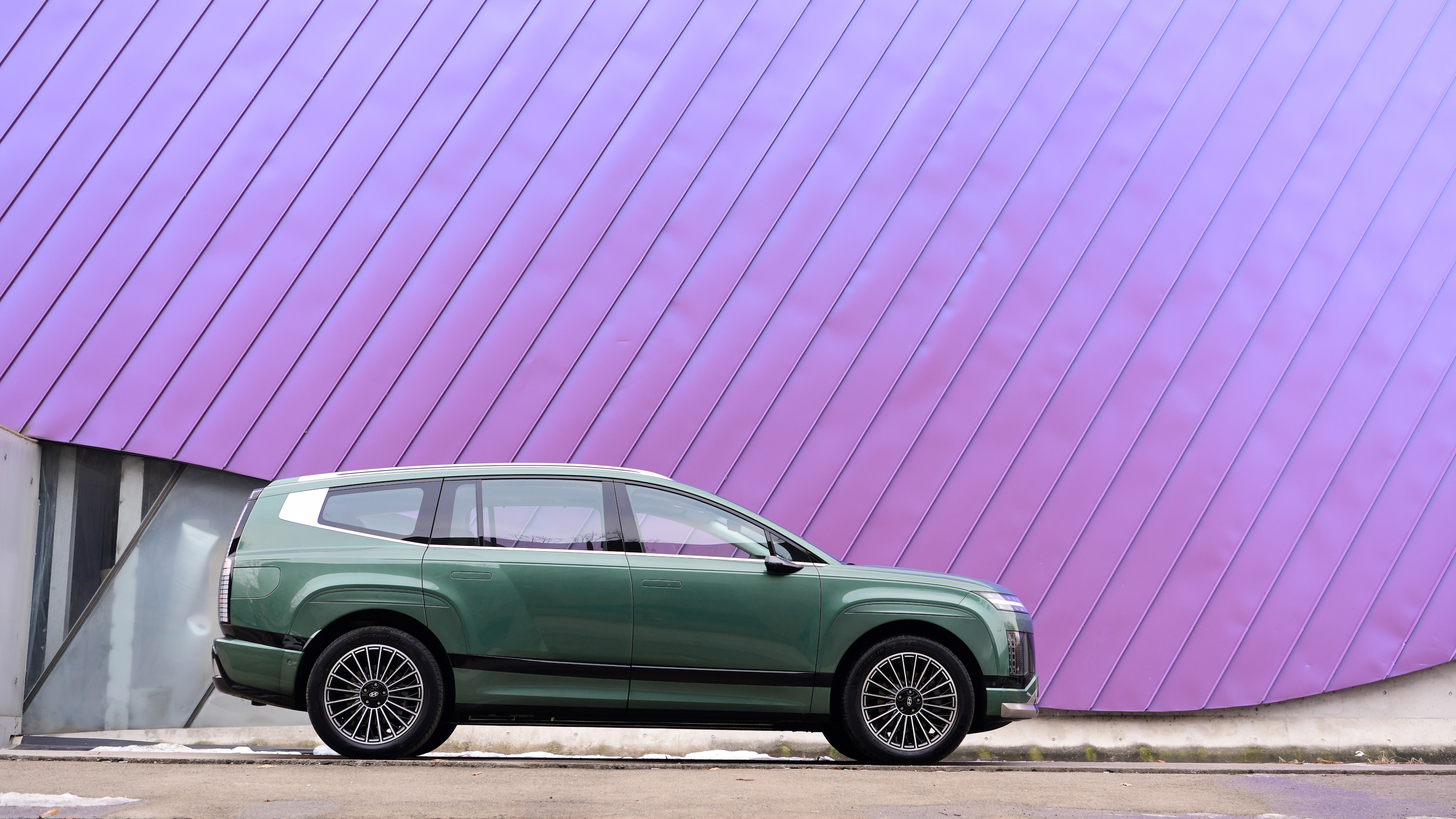 Long-range, refined and spacious, the new Hyundai Ioniq 9 is like a private jet on wheels
Long-range, refined and spacious, the new Hyundai Ioniq 9 is like a private jet on wheelsWallpaper* takes the Ioniq 9 on an electric road trip from Seoul to Busan to explore Hyundai’s newest and largest EV to date
By Jonathan Bell
-
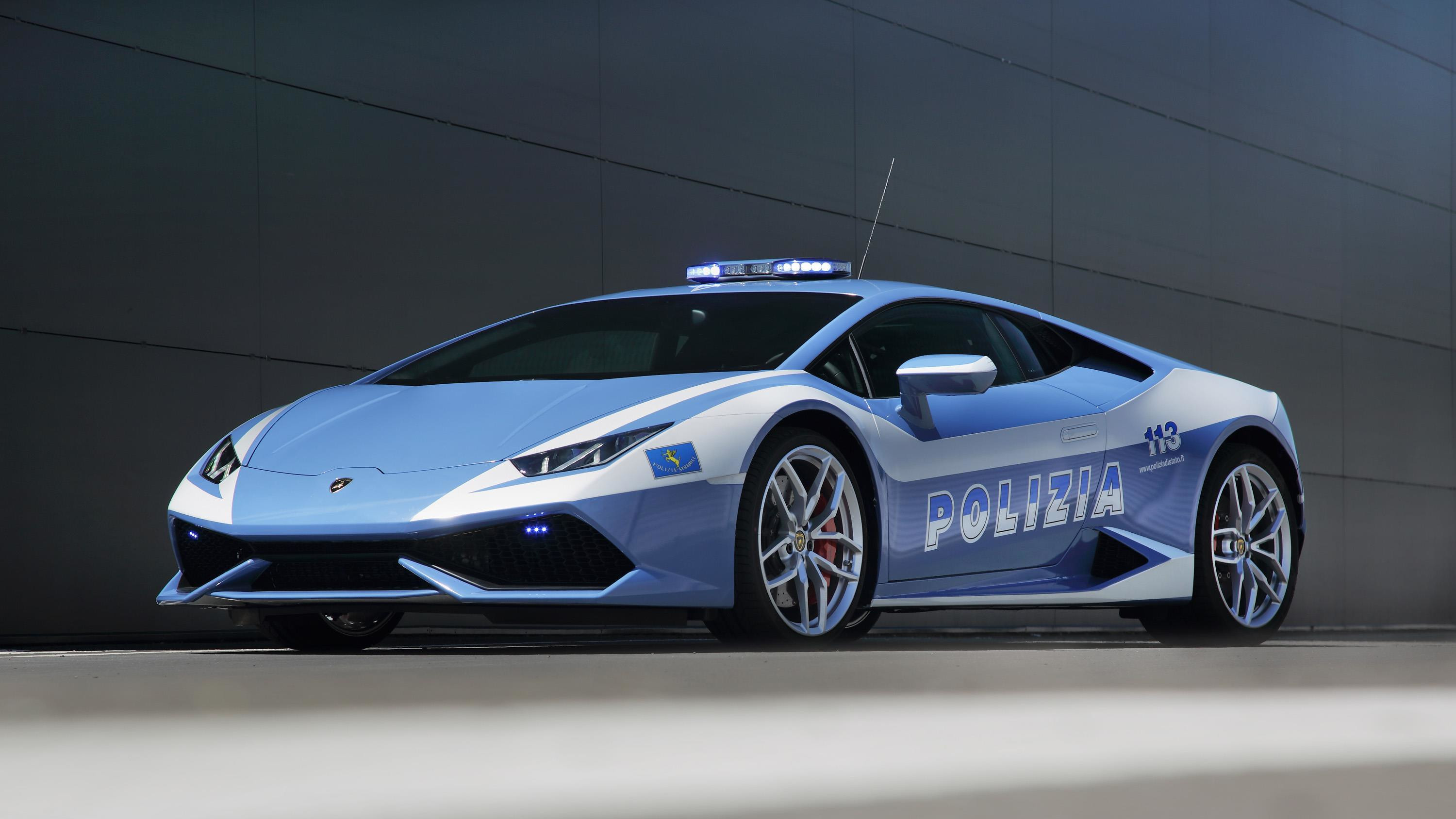 Lamborghini, fast friends with the Italian State Police for two decades
Lamborghini, fast friends with the Italian State Police for two decadesWhen the Italian police need to be somewhere fast, they turn to a long-running partnership with one of the country’s most famed sports car manufacturers, Lamborghini
By Shawn Adams
-
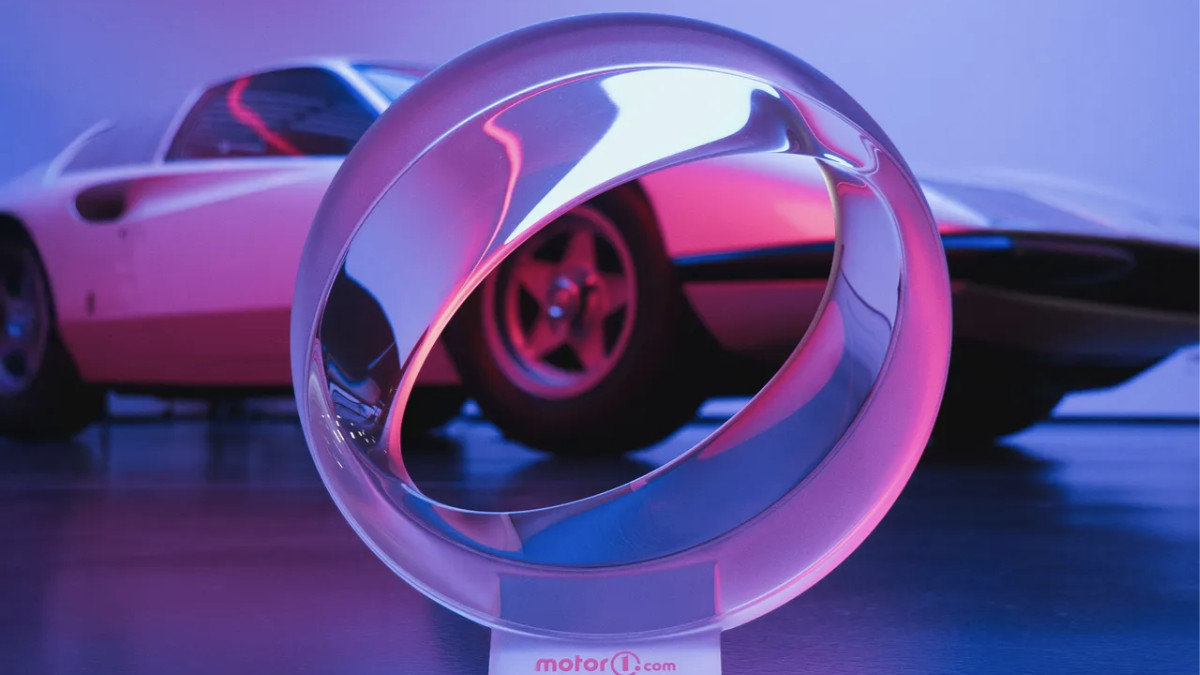 We are the world: Pininfarina’s ‘Orbis’ taps Papal support for an eco-friendly agenda
We are the world: Pininfarina’s ‘Orbis’ taps Papal support for an eco-friendly agendaThe Orbis is a ‘symbolic object’, a gift to Pope Francis from the Italian design agency at a time of political upheaval and social fracture around all aspects of sustainability
By Jonathan Bell
-
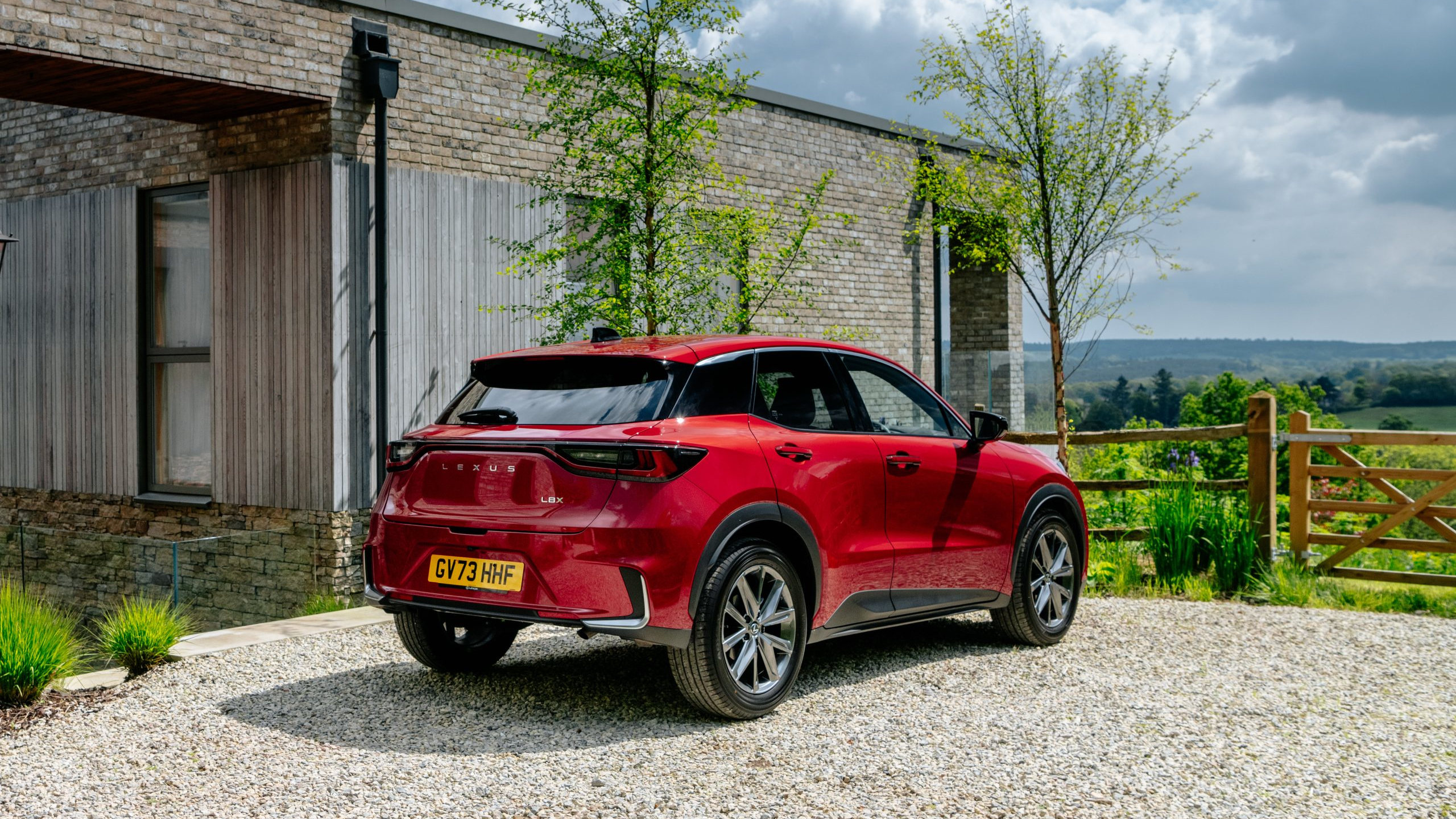 The Lexus LBX crams automotive luxury into a pocket-sized contemporary package
The Lexus LBX crams automotive luxury into a pocket-sized contemporary packageWe explore the world of Lexus’s diminutive LBX, and ponder on the validity of luxury design in a super small car
By Jonathan Bell
-
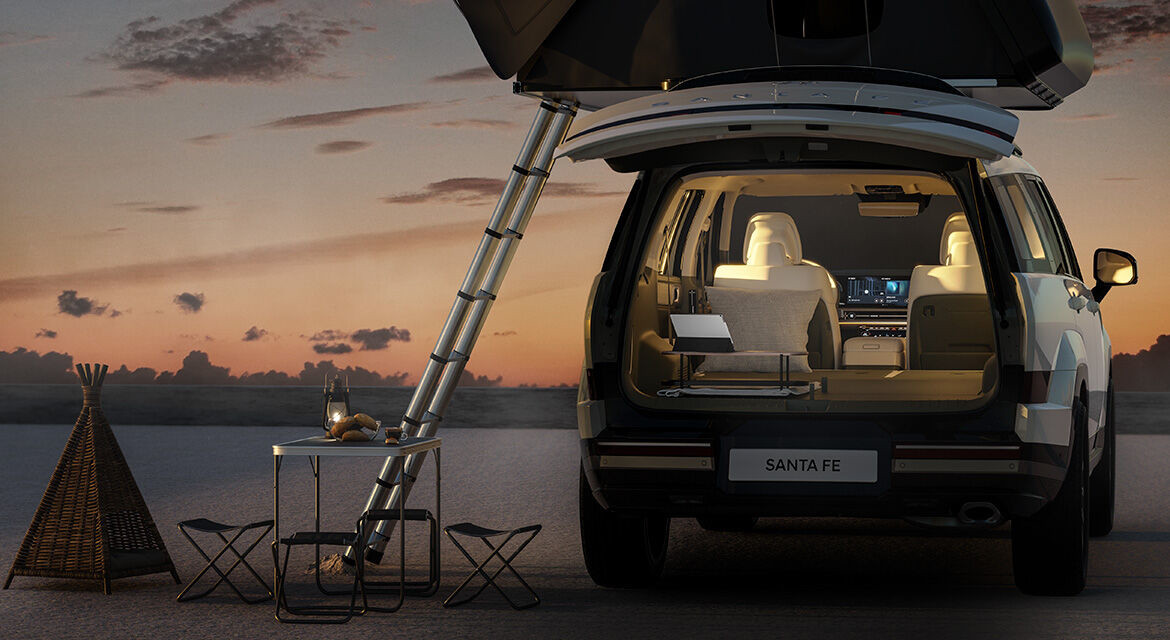 New-generation car camping and roof tents for luxury-loving adventurers
New-generation car camping and roof tents for luxury-loving adventurersCar camping is having a moment. While Hyundai and Porsche can get you kitted up, we explore other options
By Jonathan Bell